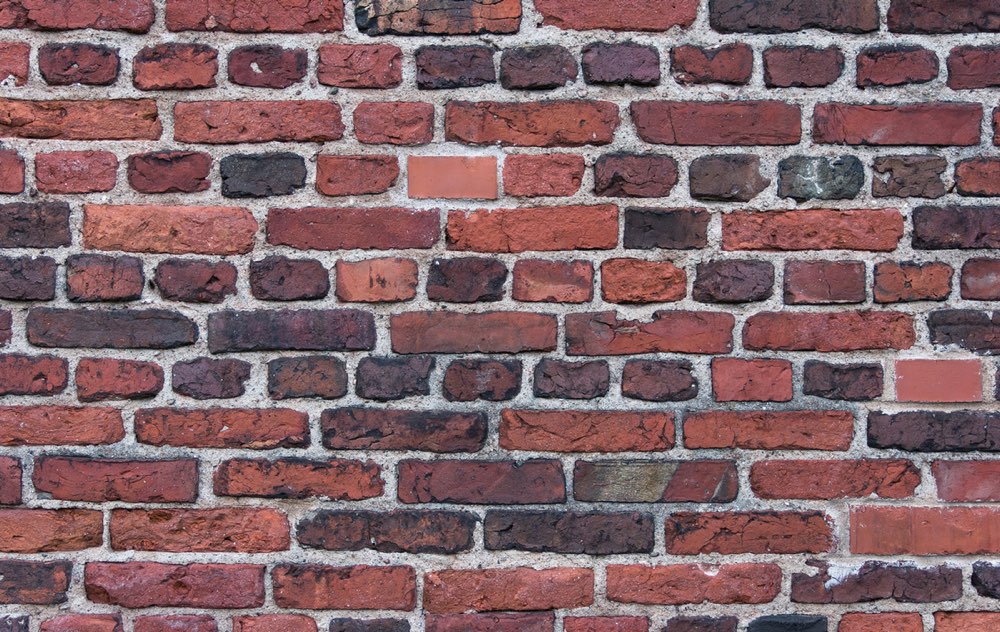We’ve been working on our project about museum closure for just over a year. We set out to collect information about the collections of around 500 closed museums, and our stated ambition was to cover at least 70% of them. Some of our team had prior experience of researching closed museums and knew that details were often hard to come by, so that target seemed realistic. A year on, we’ve done much better than expected. Of our initial list we have found information on over 90%.
What remains is a list of what we’re calling the stuck museums. In these cases we think we’ve exhausted our avenues of enquiry, and still don’t have information on what happened to the collections.
What have we tried? An incomplete list: Googling; meeting members of the Museums Development Network; contacting local history societies, who often had leads but sometimes knew no more than we did; asking nearby museums; consulting local authority planning documents that indicate the change of use of premises; examining auction catalogues; searching newspaper archives; for one case visiting the National Archives and for another two, the archives of British Telecom; searching social media; picking the brains of the Arts Council’s Accreditation team; using the Wayback Machine; when no contact details existed bar a postal address for directors of the small company that ran the museum, writing letters – an unusual activity in 2024; making Freedom of Information requests to local authorities when informal enquiries went unanswered; joining specialist groups on Facebook for collectors of paperweights, Matchbox cars, and antique dolls, to name just three.
That’s not all. We’ve also tried: asking members of the Subject Specialist networks; emailing the foremost writer in English on the work of a Japanese novelist; contacting organisations that used to run the museums or who now occupy the site; having obtained snippets of information, more precisely targeted Googling; interviewing specialists in regimental and transport museums; emailing local politicians, drinks manufacturers, race courses; attempting to contact a retired magician; using a website that lists the destinations of former military aircraft; seeking help from the unofficial historian of a major football club; interviewing the biographer of a man who ran two shipwreck museums; asking local libraries; reading council reports and collection development policies; asking the police (about police museums); meeting an expert on recent local authority museum closures; emailing hospitals; writing to the BBC; asking former curators, a local board of education, the National Trust, auction houses; interviewing outgoing curators.
This may sound exhaustive (and exhausting). We’ve been as thorough as we can, yet for some museums we remain stuck, with little or no information on what happened to the museums or their collections.
Can you help us with any of them? We’re looking for information on why the museums closed, what happened to their collections, and what their buildings are now used for, if they still exist.
View the list of stuck museums.
If you have any information, please contact Mark Liebenrood at m.liebenrood@bbk.ac.uk.
Mark Liebenrood
